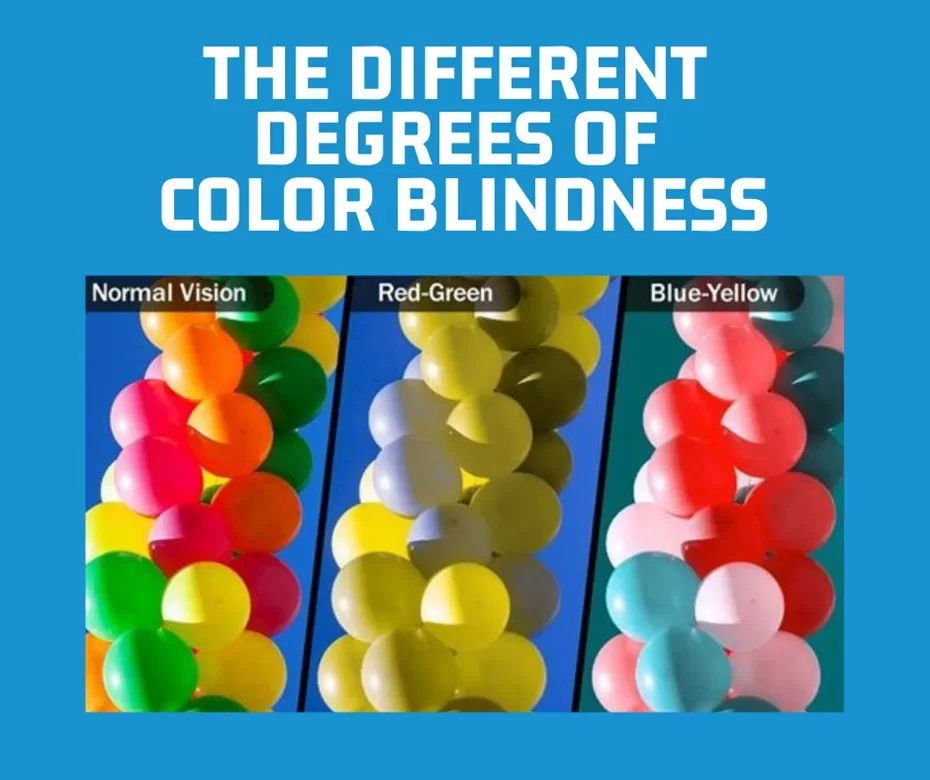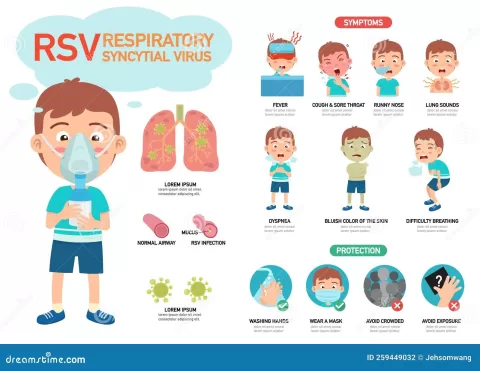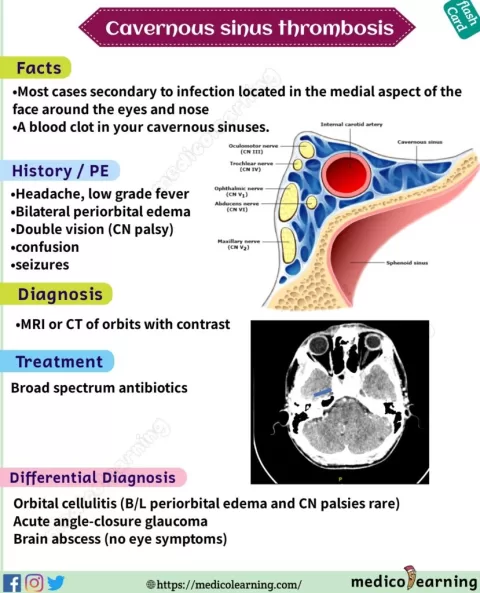Color vision deficiency (CVD), often referred to as color blindness, impacts millions around the globe, primarily affecting men. This condition can lead to significant CVD effects that permeate various aspects of life, from how individuals perceive their environment to their interactions with others. Daily life with CVD can present unique challenges, such as difficulty distinguishing colors in essential situations like traffic lights and food selection. Furthermore, these color vision challenges can affect personal relationships and one’s professional journey, making awareness and support for color blind individuals crucial. In this exploration, we will delve deeper into the implications of CVD and how individuals can successfully navigate their colorful worlds.
The phenomenon of color vision deficiency, commonly known as color blindness, encompasses a range of visual experiences that limit the ability to distinguish certain colors. Often unnoticed by those with full color perception, this condition can dramatically alter an individual’s interaction with their surroundings. People facing this visual challenge may encounter daily obstacles, affecting everything from academic performance to career choices. For those affected, life is a constant adaptation to color perception struggles, and understanding these challenges is vital. By illuminating the realities of color vision deficiency, we foster empathy and pave the way for better support systems.
Understanding Color Vision Deficiency: A Closer Look
Color vision deficiency (CVD), commonly referred to as color blindness, is a condition where individuals experience a reduced ability to perceive certain colors. This impairment is often hereditary and primarily affects the function of photoreceptors in the retina. The most common forms of CVD include red-green color blindness, which can make it difficult to distinguish between reds, greens, and sometimes browns, and blue-yellow color blindness, which affects the perception of blues and yellows. Understanding the biological and genetic roots of CVD not only sheds light on the condition itself but underscores the importance of tailored approaches and support.
As societal awareness of various disabilities grows, understanding color vision deficiency is vital for fostering inclusivity. Educational institutions, workplaces, and public spaces are beginning to recognize the necessity for accommodations that support individuals with CVD. This can include providing alternative ways of presenting information, such as using textures or patterns, instead of relying solely on color coding. By raising awareness about CVD, we can create environments that both acknowledge and respect the needs of those affected.
Daily Life Challenges for Color Blind Individuals
Navigating daily life with color vision deficiency presents a unique set of challenges that can often feel overwhelming. Everyday tasks, such as shopping for groceries or selecting clothing, can become sources of anxiety due to the inability to accurately identify colors. For example, distinguishing between ripe and unripe fruits can significantly impact meal choices and nutrition. Additionally, simple interactions, like enjoying outdoor festivals or exhibitions that rely heavily on color, may be less enjoyable for those with CVD, illustrating the pervasive impact this condition can have.
Moreover, social situations can present additional hurdles for individuals with color blindness. Comments about someone’s new shirt or the vibrant color of a painting can create moments of discomfort when color perception is not shared. This misunderstanding may lead to feelings of isolation and frustration, making it crucial for friends and family to be educated about the nuances of CVD. Developing an understanding of these daily challenges is essential for fostering supportive relationships and providing encouragement.
Impact of Color Vision Deficiency on Employment Opportunities
Individuals with color vision deficiency often encounter significant barriers in the job market. Certain professions demand accurate color perception as a critical skill—these include roles like graphic design, electrical work, and painting. Unfortunately, this means that color-blind individuals may be overlooked for positions despite having the necessary qualifications and skills. As society moves toward inclusivity, recognizing and accommodating color blindness in the workplace is paramount to ensuring equitable job opportunities for everyone.
Implementing inclusive hiring practices can help mitigate some of the challenges faced by those with CVD. Employers can be encouraged to focus on a candidate’s overall capabilities rather than solely on their color vision. Providing training and adjustments in job roles can also create an accommodating environment that allows color-blind individuals to contribute effectively. This not only helps diversify the workforce but also integrates valuable perspectives that can lead to innovative solutions.
Strategies to Support Individuals with Color Vision Deficiency
Supporting individuals with color vision deficiency can come in various forms, often starting with awareness and education. Friends, family, and colleagues can develop a greater understanding of how CVD affects day-to-day interactions. Simple strategies, like describing colors instead of just naming them or using clear contrasts in presentations, can significantly enhance communication and inclusivity. This proactive approach can remove barriers and foster supportive relationships.
Moreover, leveraging technology can also provide substantial support for those with color blindness. Applications designed to identify colors can empower individuals to navigate their environment with more confidence. In addition to technology, encouraging lifestyle choices—such as choosing clothing based on styles and patterns rather than relying on color—can greatly reduce confusion. It’s crucial to normalize these adaptations in everyday settings to enhance the quality of life for those living with CVD.
The Future of Color Vision Accessibility and Inclusion
As awareness of color vision deficiency increases, so too does the movement towards creating a more inclusive society. Organizations and institutions are actively pursuing ways to make color-coded information more accessible. From public signage to educational materials, the emphasis is on ensuring that color blind individuals can equally participate in all aspects of life. Through community initiatives and educational campaigns, the push to address color vision challenges is gaining momentum worldwide.
Looking ahead, the development and integration of adaptive tools and resources will play a crucial role in improving the experiences of those with CVD. By investing in research for better assistive technologies and prioritizing inclusivity in design, we can work towards a future where color vision deficiency is no longer a barrier to participation. The responsibility lies with society to embrace these changes and advocate for individuals with color vision deficiencies, creating an environment that celebrates diversity in all its forms.
Frequently Asked Questions
What is color vision deficiency and how does it affect daily life?
Color vision deficiency (CVD), commonly referred to as color blindness, impacts individuals’ ability to perceive certain colors, which can complicate daily activities such as reading traffic signals or choosing ripe fruits. This condition affects a significant portion of the population, especially men, leading to challenges in social interactions, education, and employment opportunities.
How can individuals with color vision deficiency navigate daily life challenges?
Individuals with color vision deficiency can employ various strategies to manage daily life challenges. Utilizing technology such as color-identifying apps, opting for textured patterns instead of reliant color choices, and educating those around them about their condition can enhance everyday experiences and improve social interactions.
What support options are available for people with color vision deficiency?
Support for individuals with color vision deficiency includes joining supportive communities or online forums where they can share experiences, educational resources, and helpful strategies. Additionally, engaging with supportive friends and family who understand CVD challenges can foster empathy and improve communication.
Are there specific employment challenges faced by individuals with CVD?
Yes, individuals with color vision deficiency often encounter specific employment challenges, particularly in professions where color perception is critical, such as graphic design or electrical work. It’s essential for employers to create inclusive practices and accommodations to ensure individuals with CVD have equitable job opportunities.
What are some recommended lifestyle adaptations for those with color vision deficiency?
To adapt to color vision challenges, individuals can choose clothing based on patterns rather than colors, develop a systematic color-coding system for personal or work-related items, and consider using color-enhancing glasses to improve their color perception. These adaptations can make daily tasks easier and more manageable.
| Key Point | Explanation |
|---|---|
| Challenges in Everyday Life | Individuals with CVD face difficulties with tasks requiring color perception, such as interpreting traffic signals or identifying ripe fruits. |
| Social Interaction Issues | Misunderstandings arise in social situations regarding colors, which can affect self-esteem and lead to feelings of isolation. |
| Employment Limitations | Certain professions that require color discrimination can be inaccessible, necessitating inclusive practices to support color-blind individuals. |
| Educational Challenges | Students with CVD may struggle in classrooms where color differentiation is essential, impacting their educational experience. |
| Helpful Technologies | Applications and tools can assist individuals in recognizing colors in daily life, enhancing navigation and interactions. |
| Lifestyle Adaptations | Using patterns over colors for clothing, and establishing a personal color scheme can help mitigate challenges. |
| Community Support | Joining support groups offers emotional support and practical strategies for managing CVD. |
Summary
Color vision deficiency is a condition impacting a significant number of individuals, primarily men, and it poses various challenges in everyday life. Understanding the nuances of color vision deficiency is crucial not only for those affected but also for fostering supportive environments around them. By recognizing the daily struggles individuals with CVD face, from navigating social interactions to adhering to educational needs, we can advocate for greater inclusivity. Technological tools and community engagement play vital roles in mitigating these challenges, allowing individuals to thrive. Thus, by raising awareness and implementing informed strategies, society can enhance the quality of life for those with color vision deficiency.
The content provided on this blog (e.g., symptom descriptions, health tips, or general advice) is for informational purposes only and is not a substitute for professional medical advice, diagnosis, or treatment. Always seek the guidance of your physician or other qualified healthcare provider with any questions you may have regarding a medical condition. Never disregard professional medical advice or delay seeking it because of something you have read on this website. If you believe you may have a medical emergency, call your doctor or emergency services immediately. Reliance on any information provided by this blog is solely at your own risk.







